|
What is your Superpower? A question often asked in job interviews.
This question got me thinking: What is a nurse’s superpower? We are often typecast as Superheroes or, my least favorite, angels. How do we define ourselves? While I certainly cannot speak for our entire profession, after a long contemplation period on this question, this is what I came up with as a superpower nurses possess. What is a nurse's Superpower, you ask? While I cannot speak for our entire profession, this is what I came up with after a period of contemplation: A nurse’s superpower is the ability to hold sacred space while simultaneously blending the knowledge we have attained, being present with a patient or community, and allowing the divine to work through us to heal. Before I dive deeper to explain, let me explain the difference between healing and curing. Curing is the elimination of the signs and symptoms of disease. Healing goes deeper, more complete, and may or may not include curing. Healing, as defined by the American Holistic Nurses Association is: “the return of the integrity and wholeness of the natural state of an individual; the emergence of right relationship at, between, and among all levels of the human being; the process of bringing together parts of one’s self (physical, mental, emotional, spiritual, relational) at deeper levels of inner knowing, leading to an integration and balance, with each part of having equal importance and value.” (B.M. Dossey, Holistic Nursing: A Handbook for Practice, 5th Ed., ed. B. M. Dossey and L. Keegan (Sudbury, MA: Jones and Bartlett Publishers), 2009, p. 721. As nurses, we can stand and be present with intense suffering or lost souls and guide them to the light. Guide them to information that they can use to help heal themselves. We provide people with hands-on care, such as wound dressing changes, suctioning sputum from clogged lungs, or applying a colostomy pouch to prevent stool from running down their abdomen, thus allowing them to heal and have optimal functioning. We are the people at your child’s school ready to tend to their needs, whether as simple as applying a Band-Aid or administering life-saving medications. We are present in Emergency Rooms, Urgent Care Clinics, and On the Streets, offering healthcare to the houseless. We serve in Congress to ensure policies are in place to enable us to live a healthy lifestyle. We are everywhere living beings are, including forests and wild waters. Through the divine, we provide relief from suffering, making the hard times of life a little more bearable. We are astutely aware of the needs that need to be in place to prevent disease and advocate fiercely for these. When people near the end of their lifecycle, we are there helping them and their loved ones through the transference to the other side. The ability to do all this must be cultivated, just as it takes time for a tree to grow sturdy and have strong roots. Thus, seasoned, experienced nurses are essential in this time of chaos and transition. At the same time, we wholeheartedly welcome the many new, fresh perspectives new nurses bring and their eagerness to help improve lives. Not everyone can be a nurse. We invite you to join us if you see yourself having compassion, courage, and intelligence. If, however, you are one of the many who say, “I could never be a nurse”, we understand that, and we hope you apply your unique gifts in a way that satisfies you and contributes to making life on earth a wonderful experience.
0 Comments
Revere: (verb) feel deep respect or admiration for (something) People pulling bear cubs out of a tree to take a selfie, resulting in one of the cubs being abandoned to fend for itself. Grown men dislodging ancient rock formations in a National Recreation Area. These were just two scenarios that made national headlines just days before Earth Day, 2024. A few weeks ago, millions of Federal Tax dollars were spent to “renourish” one of the popular beaches in North Carolina. Just days later, the sand that was excavated from the ocean floor and piled up on the beach was being swept back into the ocean. Dolphins who frolicked and swam in masses were nowhere to be found. While many people will celebrate Earth Day this year by planting a tree, picking up litter, or some other activity aimed at benefiting the planet, do we need to do more, and go deeper? In her book, Sacred Nature: Restoring Our Ancient Bond with the Natural World, Karen Armstrong explores how we have “ransacked nature, treating it as a mere resource, because over the last 500 years we have cultivated a worldview that is very different from that of our forebears.” Armstrong, a recognized religious historian, describes how modern-day religion has created a rift between humans and nature. She also details the role spirituality plays in creating a reverent relationship with our natural world and specific practices that can help us restore our bond. So maybe this Earth Day, we take time to pause and examine our behavior and thoughts about the natural world we share. Maybe we consider treating the plants, trees, and waterways near us as we would a dear friend. A friend we enjoy being with, a friend we support and cherish. Ready to reconnect with Mother Nature on a deeper level? Download Get In Step With Nature now to learn how a simple daily walking practice can restore and strengthen our bond with the natural world. Free for kindleunlimited subscribers! Photo Credit: ©Abed Ismail "Awe is the feeling of being in the presence of something vast that transcends your current understanding of the world." -Dacher Keltner, Awe: The Science of Everyday Wonder and How it Can Transform Your Life Less than ten days ago on Easter Sunday, thousands gathered along the miles-long Wrightsville Beach in North Carolina to witness the breathtaking sunrise. Today, something very similar is happening as towns along the path of the solar eclipse prepare for crowds eager to witness the rare spectacle of the moon covering the sun in broad daylight. Spiritual leaders suggest that this unique event presents an opportunity for personal growth, as the veil between worlds opens, allowing us to release what no longer serves us and manifest our desires. Photo Credit: © Susan Allison-Dean During the pandemic, our usual activities like concerts, shopping, and going to school or work were severely restricted. The confinement and fear of indoor spaces triggered a survival response within many of us, known as biophilia-a desire to commune with nature.
As pandemic restrictions eased, people flocked to parks - local, state, and national. By 10 am, parks were already declaring themselves "Full" or "At Capacity" on social media. Yellowstone reported soaring attendance up by 30 percent. Could the solace people found in Mother Nature during difficult times be fueling the increasing desire to immerse ourselves in the natural world? Do these remarkable events—stunning sunrises, rare cosmic phenomena, and vibrant spring blooms—have a profound impact on our minds, bodies, and souls? The science says yes. We think so too. Share your thoughts on how these recent celestial events are impacting you in the comments below. We would love to read them! Dr. Donna Gaffney is a psychotherapist, author, and nurse researcher focused on mental health. Her latest book, "Courageous Well-Being for Nurses: Strategies for Renewal" (Johns Hopkins Press), is packed with tips to boost your well-being—even if you're not a nurse. Susan Allison-Dean is a Board Certified Advanced Holistic Nurse, Writer and Cetacean advocate. Want to develop a deeper connection with nature? Check out her offerings at www.TheNatureNurse.com The word is out. Walking has so many health benefits that countless people are now incorporating this form of exercise into their day. Now that Spring is in the air in the Northern Hemisphere, we have an opportunity to add some extra pep to our steps with these three tips. One: Learn about the medicinal herbs that are growing along your walking path. For example, just this morning I picked some purple dead nettles which when boiled in water to make tea can have diuretic, anti-inflammatory, anti-fungal, and anti-bacterial effects. (1) Before harvesting any plants for medicinal use, be sure to consult with a certified Herbalist and your licensed healthcare team to ensure that it is safe for you to use. Two: Take notice and appreciate the emergence of Spring. We all get hijacked by stress, but taking time to slow down and connect with our natural world has been shown to have significant stress-reducing benefits. (2). If you walk the same path regularly, notice how the tree branches begin with simple buds along their branches. In a day or two those buds may begin to swell. As the temperature warms and daylight extends, a leaf may begin to unfurl before your eyes. Ask yourself, how are you choosing to emerge this Spring season? Can you extend yourself some grace as you notice that the natural environment around you recreates itself slowly, not all at once? Three: Add an evening walk to your day. A morning walk within an hour of waking has a profound impact on regulating our circadian rhythm which can significantly help us sleep well. (3). As daylight increases, we have the opportunity to add a walk to the end of our day. Not only will we improve our digestion (4), but if we time it right, we may get to experience the awe of a magnificent sunset. Want to learn more about how walking with Nature can enhance your holistic health? Download Get In Step With Nature now LINK. Free for kindleunlimited users.
|
Ready to sleep better, feel lighter, and feel more joy?
Download my latest ebook now: Archives
May 2024
Categories
All
Follow me:
|
|
© COPYRIGHT 2015-2023. ALL RIGHTS RESERVED.
|

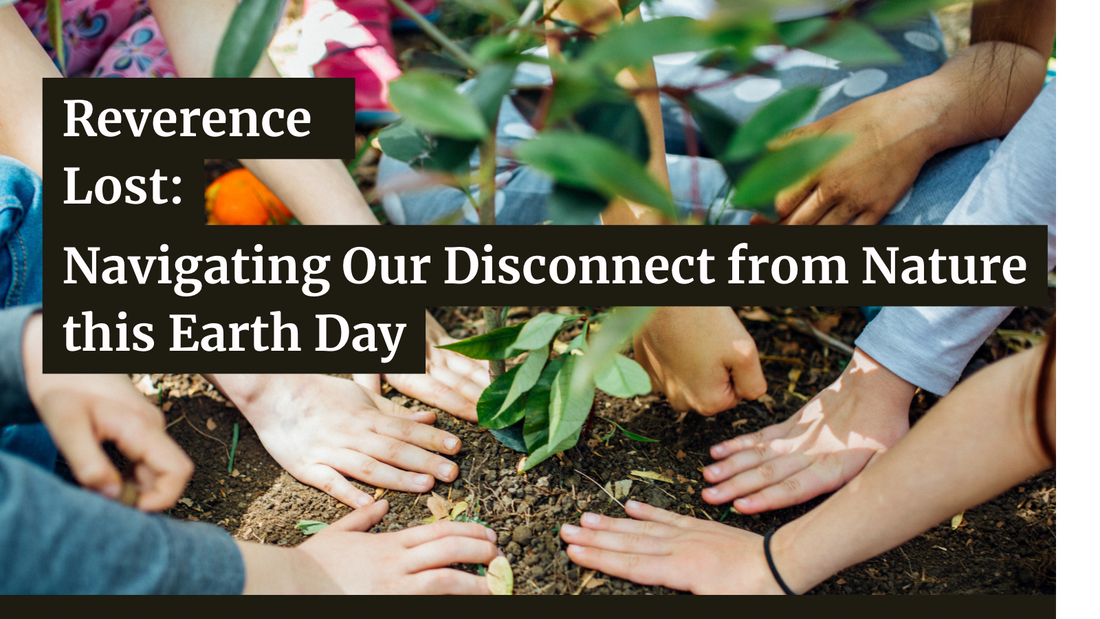


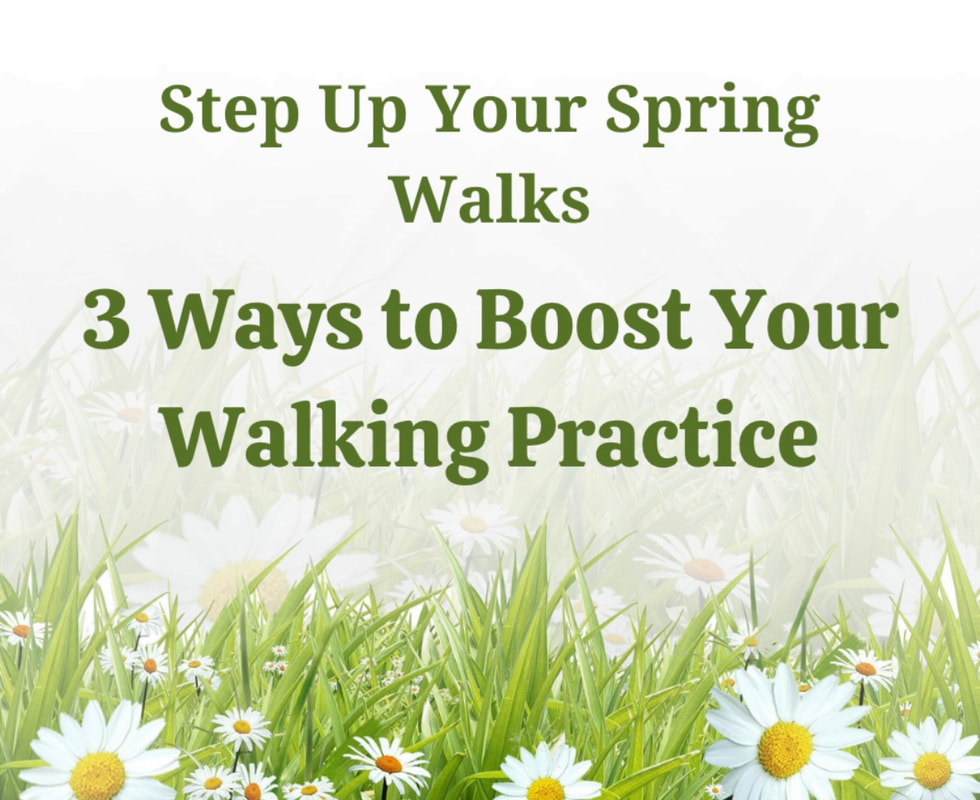
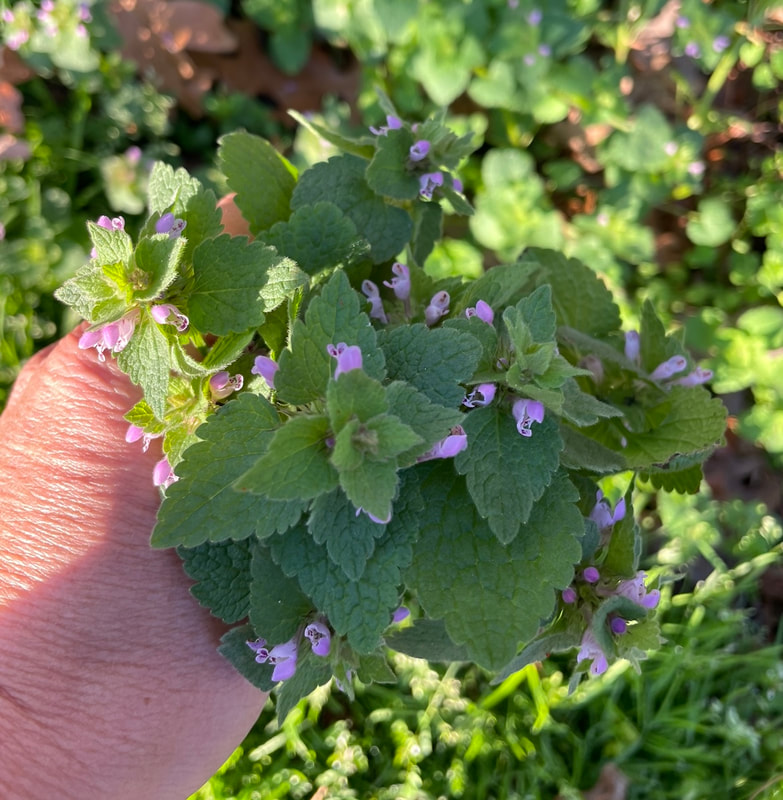
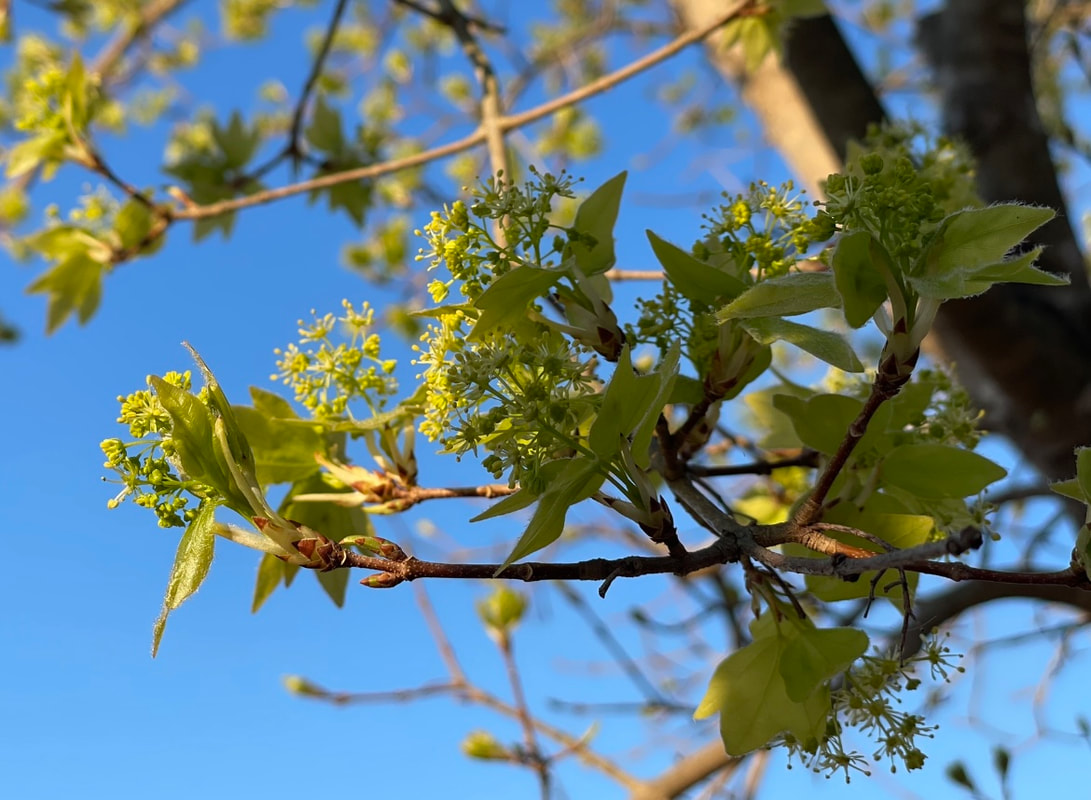
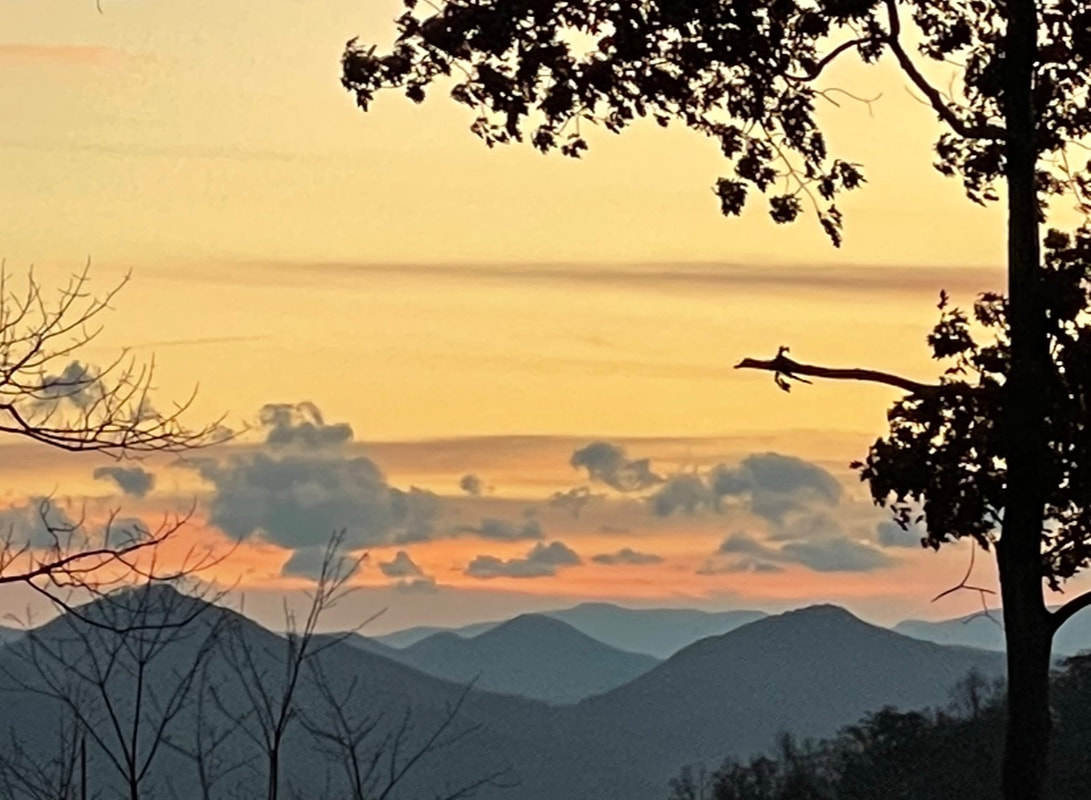

 RSS Feed
RSS Feed